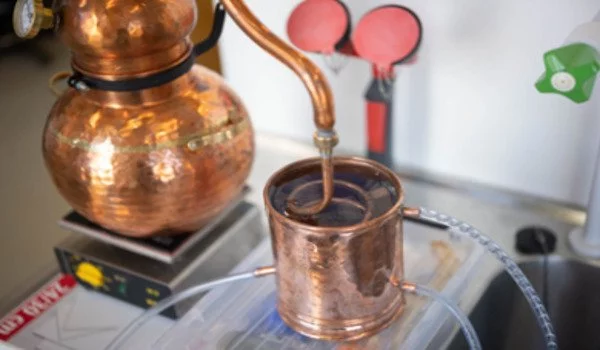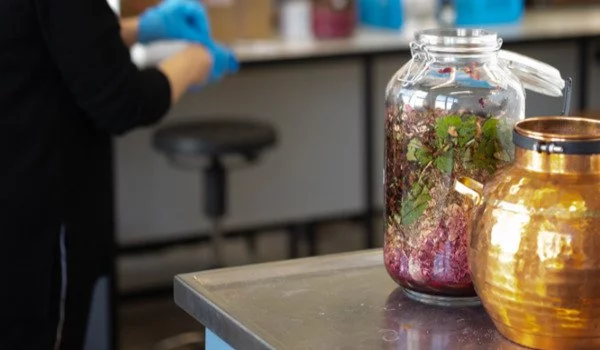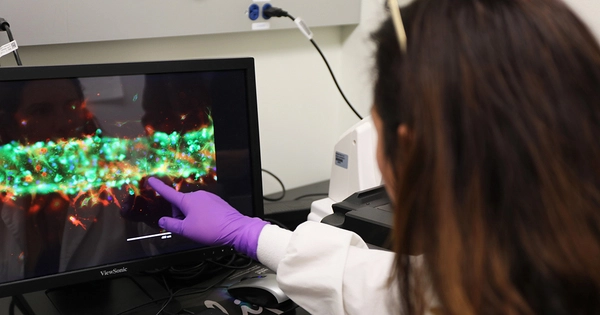Based on a formula by Constantijn Huygens, a team of researchers from Young Academy and the Huygens ING/NL Lab have brought a three-century-old smell to life. The scent helps individuals experience history in a new way by making it more tangible.
The scent recipe is one of 150 recipes recorded in Constantijn Huygens’ recipe book (1596–1687). The researchers also discovered allusions to perfume in Huygens’ previously undisclosed letters. The letters reveal a very personal side to the man known as the Princes of Orange’s secretary, a poet, musician, and scholar. Huygens was also an amateur perfumer who traded recipes with both men and women, according to his recipe book and letters. One of his smells was recreated by a group of experts.
Memories
Huygens’ recipe for “Rieckend water van mijn moeder” [‘Ode de parfum: To My Mother’] was chosen. “We believe this scent was created to keep his mother’s memory alive after she passed away,” explains Hanneke Hulst, Professor of Neuropsychology in Health and Disease. In our brain, regions involved in processing emotions and memories are located next to one another. When a smell is associated with a strong emotion, whether favorable or negative, it triggers a long-term memory. It’s quite remarkable to be able to smell a scent that was probably very important to Huygens on an emotional level.

A floral and spicy combination
Rose, lavender, thyme, marjoram, clove, and cinnamon are among the elements in the eau de cologne that Huygens associates with his mother. It has a distinct aroma that is not found in today’s perfumes. It has a little more oomph to it. It has a pleasant aroma, “explains Nadine Akkerman, a reader in English literature who is researching correspondence networks and knowledge exchange for the project. Rather than being used as a perfume, the eau de cologne is intended to be sprayed throughout the house.
Flirting

Huygens, according to Akkerman, employed smells in a variety of ways. When he shared recipes with males, it was more about the scientific side of things, such as the distillation process. It’s the very beginning of chemistry. He flirted with the ladies. ” According to Akkerman, Huygens wrote to singer Utricia Ogle, “We composed the most beautiful music together.” We’re no longer together. This paints a very different picture of this individual. We can still be together if you put this sachet between your sheets and I do the same. We find out more about his personal life. ‘
Broaden
The researchers hope that, through working on this project, people will be able to see history in a new light. They also wish to emphasize the relationship between emotion and memory. “I rarely deal with the past,” says Hulst. My daily task entails determining how we may improve things for patients in the future. This project, as well as inhaling the perfume, has made the past more tangible for me. Huygens develops into a much more flesh-and-blood individual. It’s an offer to expand my horizons. ‘
Exhibition
If you wish to smell the perfume for yourself, go to the Huygens estate at Voorburg, Hofwijck. From the 9th of April to the 4th of July, and from the 31st of August to the 5th of December, an exhibition on Constantijn Huygens will be displayed there. Mary Pierre Julien, a perfumer at Givaudan, recreated the aroma based on the study team’s reconstruction. At the exhibition, you can smell it as an eau de cologne and buy it as a scented candle.
Visitors to the exhibition will also be able to observe Huygens’ method for creating the aroma. Brain specialists from the Brain in the Picture Foundation will discuss how fragrances are processed in the brain and how they are intricately related to emotions and memories.





